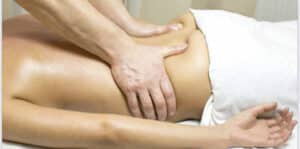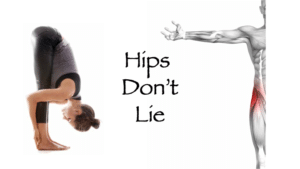People have been riding bikes since the 1800s, however in recent years the number of people cycling, has surged. No longer is it an elite competitive sport, it’s now a worldwide, mass-participation activity.
Cycling is great exercise. It is an extremely effective form of low weight-bearing cardio (aerobic) exercise. While weight-bearing activity like running is important to maintain good bone health, it’s a very good idea to mix it up with some non-weight-bearing activities like cycling and swimming. Then there’s the green aspect – opting to ride a bike instead of using a car keeps pollution and gas related emissions near zero, if you discount the energy used in creating the cycle and parts.
But most of all it is fun and it makes you happy, thanks to the hormones called endorphins, which are released when you exercise.
But fitness can also be fickle. One minute you’re in the form of your life, and the next you find yourself struggling to rotate the pedals without pain. Cycling injuries are an unfortunate downside to the sport, and some people are more prone to suffering them, than others.
Acute cycling injuries and overuse injuries
 There are two main types of cycling injuries, those caused by falling off (acute injury), often resulting in fractures, contusions, abrasions and concussion. And then the more common overuse injuries caused by the repetitive nature of cycling including overtraining, biomechanical stresses, often due to muscle imbalances, and incorrect bike set-up.
There are two main types of cycling injuries, those caused by falling off (acute injury), often resulting in fractures, contusions, abrasions and concussion. And then the more common overuse injuries caused by the repetitive nature of cycling including overtraining, biomechanical stresses, often due to muscle imbalances, and incorrect bike set-up.
This is why being posturally assessed and having your bike set up checked, are particularly important if you plan on cycling regularly. And just because you have it done one year, doesn’t mean you’re sorted. Everyday activities affect our muscles balances and this can change over time. And it is very frequently these muscle imbalances, that cause injury.
Martin is trained in postural assessment, but doesn’t get to practice it much. If you would like someone with lots of practice, he can recommend someone in your area. It is not the exact science that some people would have you believe (we are amazingly variable!) so an initial assessment from Martin might be enough.
Cycling Injury Prevention Leaflets
Martin has acquired leaflets on 8 of the most common cycling injuries. Each leaflet is packed full of practical advice on things you can do both in terms of your body conditioning as well as your bike set up, to both prevent injuries happening in the first place, as well as rehabilitate existing ones.
 The following injuries, specific to cycling, are covered:
The following injuries, specific to cycling, are covered:
- Burning feet (metatarsalgia)
- Achilles tendon pain
- Knee pain
- Iliotibial band pain
- Hip pain
- Back pain
- Hand pain
- Neck pain
To get hold of these leaflets, subscribe to Martin’s newsletter by entering your details at the bottom of this page. The next newsletter will give you access to these leaflets!
As with any overuse, overload or training error injury, you have to consider your body’s tissue capacity. Musculoskeletal tissues including muscle, tendon and bone are constantly evolving and with appropriate loading (training) and adequate recovery time, the tissue gets stronger and develops better stamina.
However, over-loading or under-loading can cause a breakdown in tissues, tissue fatigue, and pain. Hence, cumulative stress or load that’s above the capacity of the tissues, can cause overuse injury. This makes monitoring your training load, giving your body time to adapt, and increasing the volume and intensity of your training gradually is an essential component of staying injury free when cycling.
And this is relevant whether you’re a casual recreational cyclist who takes their bike for a spin once a week, compared with more serious cyclists who take part in long group training rides.
A Ferrari built on a Ford chassis? Unthinkable! But could that be you? Imagine the speed and power of a Ferrari without a matching chassis to ensure stability and control required for good handling and sticking to the road. The inner workings providing the stability, control, and endurance that comes from your core and surrounding pelvic/buttock muscles is essential as a base for good injury-free cycling.
Staying injury-free on a bike
 There are three A-B-C components to staying injury free on a bike:
There are three A-B-C components to staying injury free on a bike:
A – Alignment ie. muscle imbalances, weakness, flexibility issues, leg length discrepancies and being flat-footed can all lead to injury.
B – Bike set up – again this is fundamental to get right. Incorrect bike set up can be the cause of injuries that could side line you for months and yet it’s easy to get right with some good advice.
C – Conditioning and fitness – a good stretching and strengthening programme to correct the muscle imbalances and ensure you’re strong where you need to be, is the final component in staying injury free.
Like any repetitive motion sport, cycling can produce a catalogue of niggling aches and pains, which if left untreated can become more serious. Learn more about the specifics of the most common cycling injuries and how you can manage and prevent them using the leaflets available via Martin’s newsletter (apply below!)






